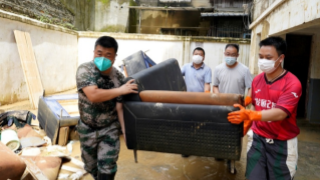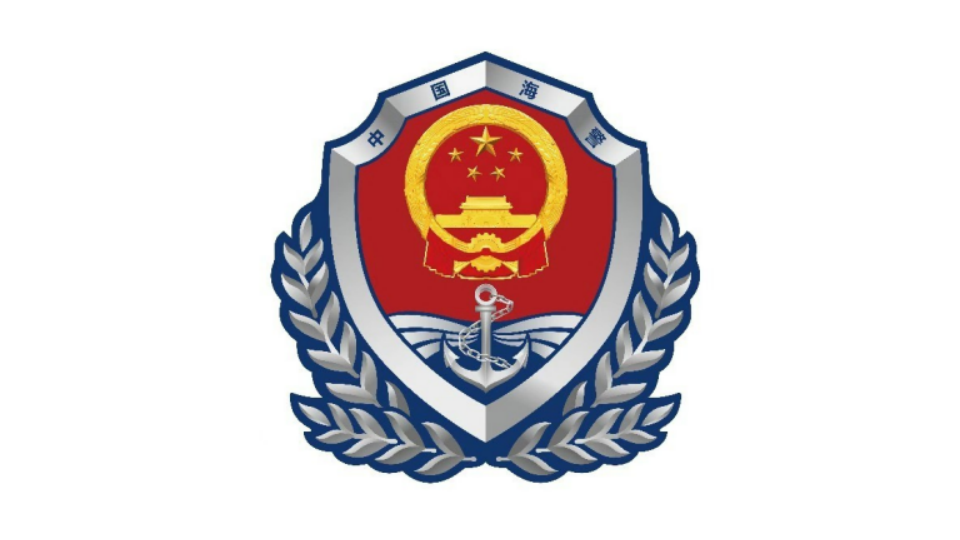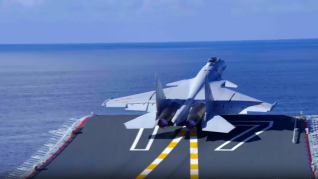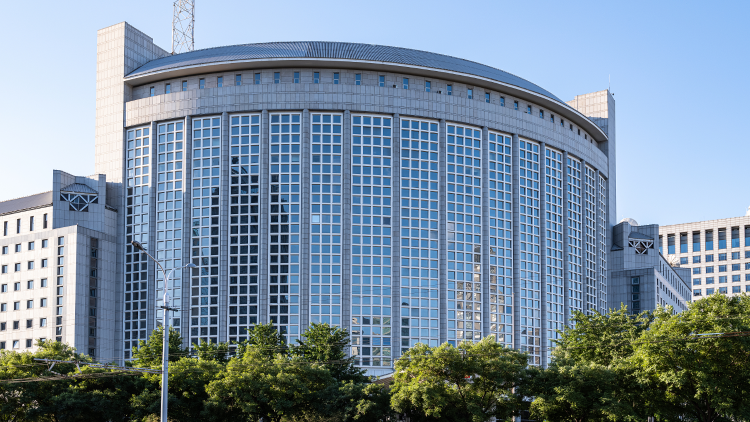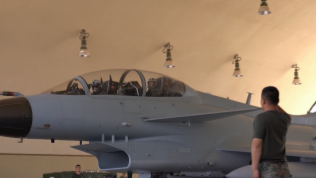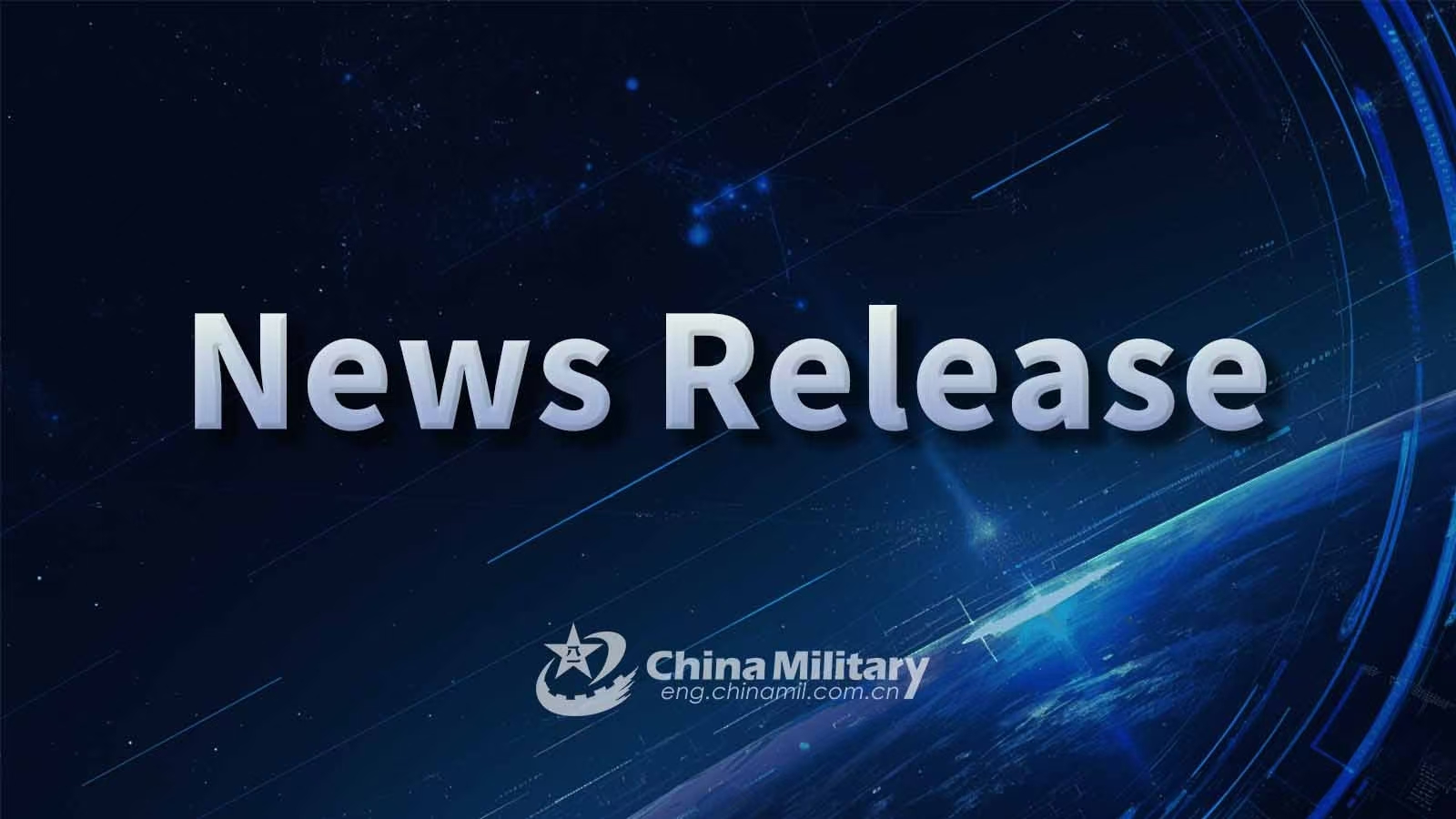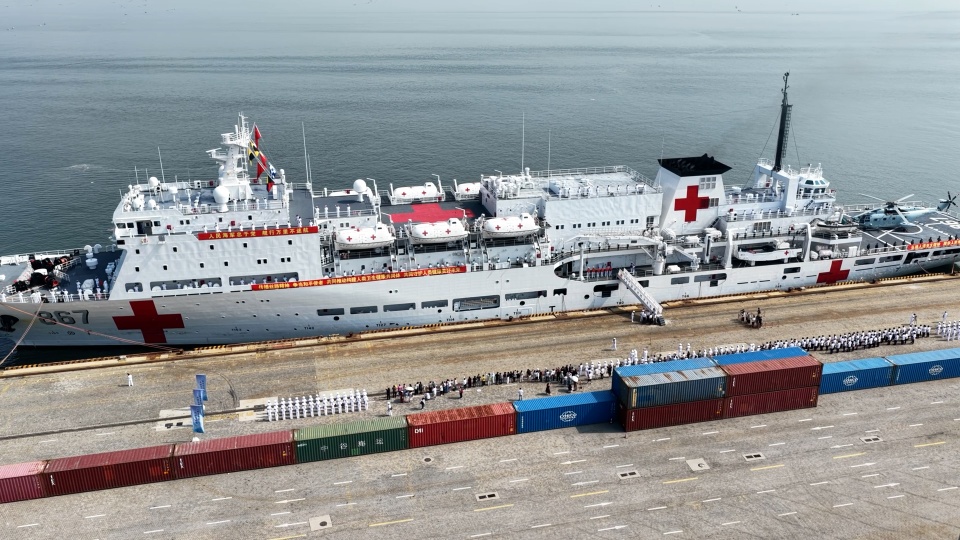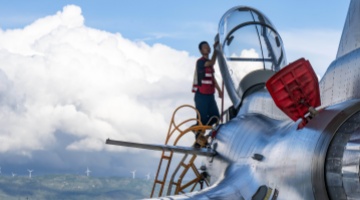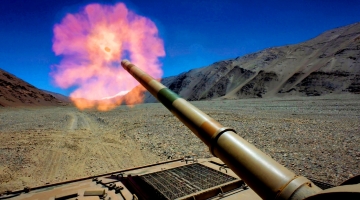By Xie Zhao
Despite the fact that the US military has been increasingly entangled in conflicts in the Middle East in recent years, the Pentagon still regards the Western Pacific as its primary focus for military deployment. According to plans released by the US Department of Defense, the US military will conduct two major exercises in the Western Pacific region in July alone. Experts have pointed out that these exercises openly demonstrate a clear intent to target China, while simultaneously fine-tuning preparations for a potential large-scale conflict in the region, which warrants close vigilance.
The US website Defense One reported on July 6 that the US Air Force will launch its two-week largest-ever Resolute Force Pacific (REFORPAC) exercise on July 10. Similar in concept to NATO's Exercise Reforger in Cold War era, this exercise is designed with a potential high-end conflict in the so-called Indo-Pacific region in mind. It will practice new operational concepts such as Agile Combat Employment (ACE) and involve the cross-theater deployment of nearly 300 aircraft and thousands of personnel.
In March this year, General Kevin Schneider, Pacific Air Forces commander, revealed that REFORPAC will fully validate wartime logistics, dispersed mobilization, and interoperability with US allies such as Japan, the ROK, the Philippines and Australia, all under the ACE framework. US Air Force Chief of Staff David W. Allvin said that the reason the US Air Force attaches such great importance to the concept of ACE is that it needs to prepare for a potential large-scale conflict between China and the US.
According to Defense News, this year's Exercise Talisman Sabre will be held from July 13 to August 4, involving a total force of 35,000 troops and as many as 19 participating countries, six more than in the 2023 iteration of the same series. US media reported that the growing number of participating countries demonstrates the increasing attention that nations in the Pacific region are paying to the exercise. This year's Talisman Sabre will stretch some 6,500 km from Christmas Island in the Indian Ocean all the way to the Coral Sea, marking its broadest reach since the exercise's inception.
Notably, this year's Talisman Sabre will also test the logistics and sustainment capabilities required in a highly contested environment. According to Defense News, US Army Pacific Command commander Gen. Ronald Clark said that the Pentagon believes that in the event of a crisis or conflict in the region, it would be difficult for US forces to ensure unrestricted use of strategic airlift to access the battlefield. Therefore, it is necessary to establish the Joint Theater Sustainment Distribution Centers on and near the First Island Chain to reduce dependence on strategic airlift. In addition, during this exercise, the US Army will also conduct the first live-fire test of its new Typhon mid-range missile system in the Pacific region.
These exercises launched by the US military in the Pacific indicate that the Pentagon is steadily refining its preparations for a potential large-scale conflict in the region. The Pentagon has repeatedly warned that the security of US military bases in the Western Pacific is of great concern, and that they must be able to carry out complex operations under the threat of enemy firepower. In response, the US Air Force, Army, and Navy have formulated their respective plans to address these challenges. Both REFORPAC and Talisman Sabre demonstrate that the US military is practicing and testing new, targeted operational concepts.
It is worth noting that although the US is trying to rally its allies to create an appearance of strength in numbers, most of the countries participating in these exercises are actually reluctant to be bound to Washington's military agenda. Even European participants in Talisman Sabre, including Germany and the UK, would have strictly limited capacity for force projection to the Pacific region in potential conflict situations.
Editor's Note: Originally published on huanqiu.com, this article is translated from Chinese into English and edited by the China Military Online. The information and opinions in this article do not necessarily reflect the views of eng.chinamil.com.cn.





